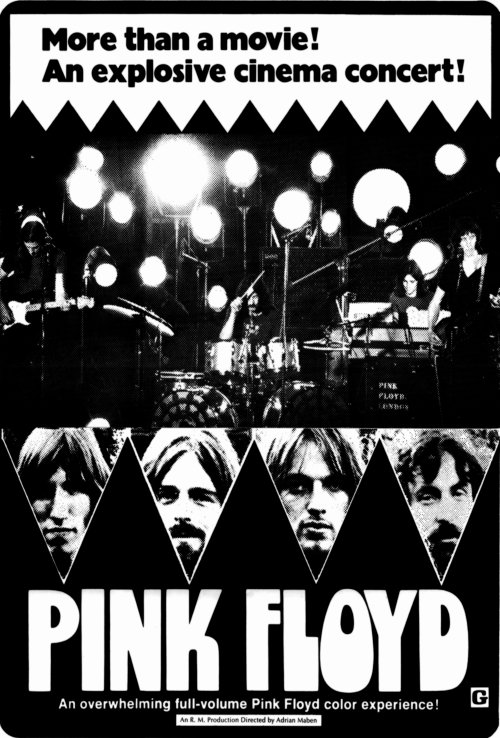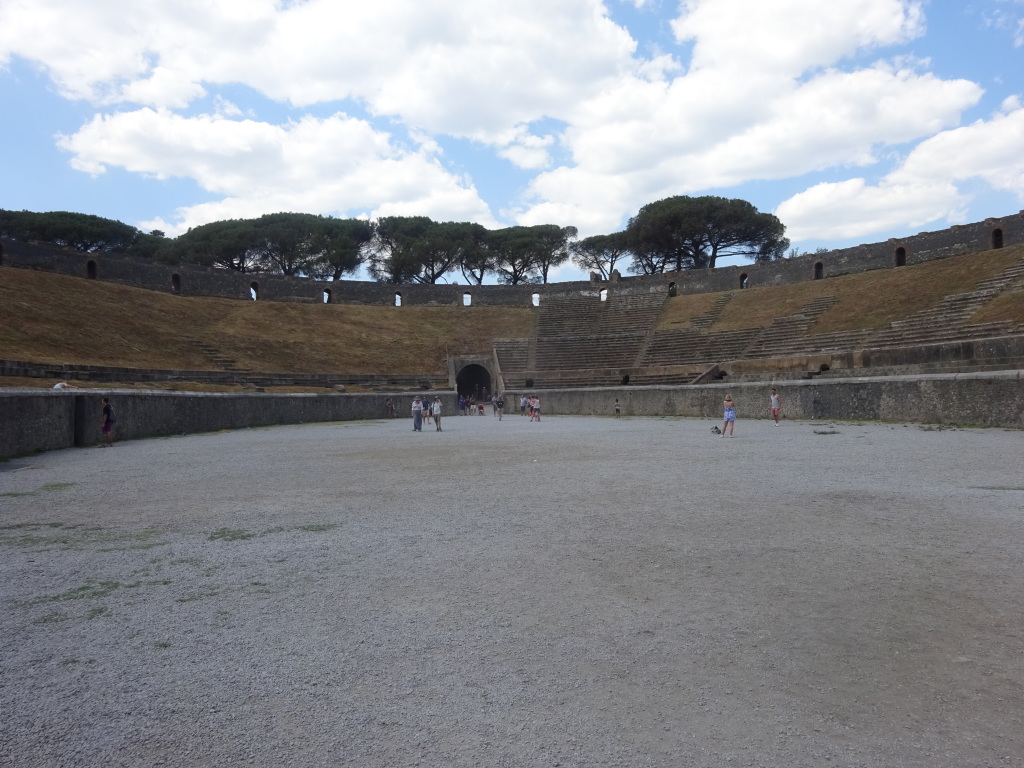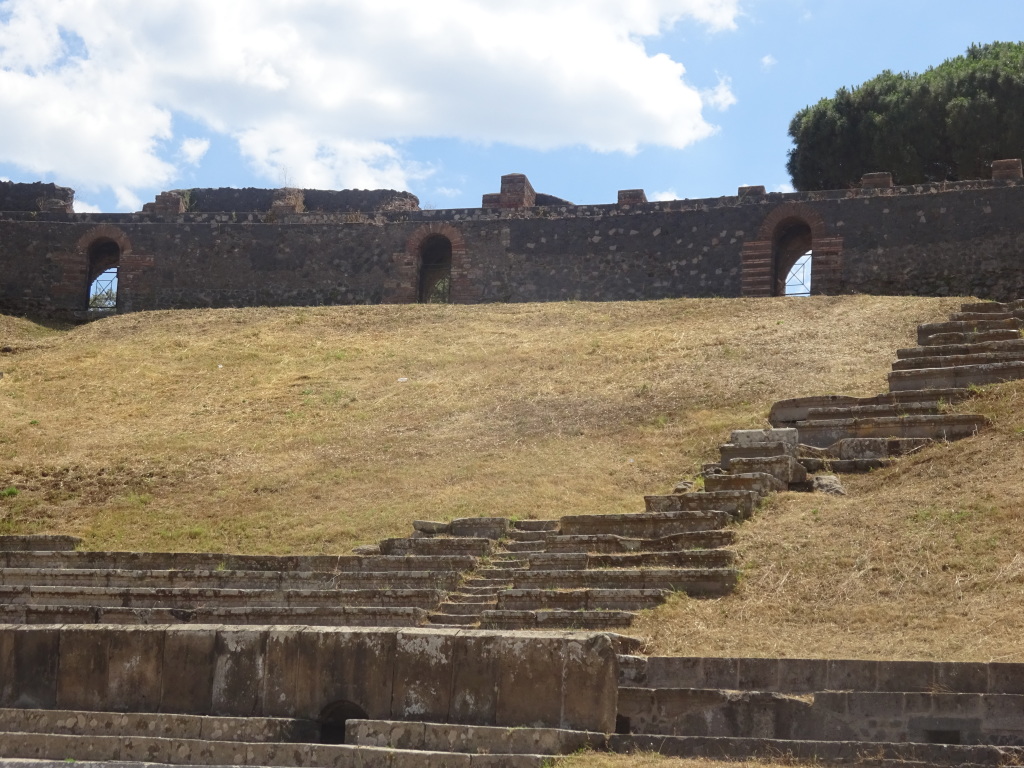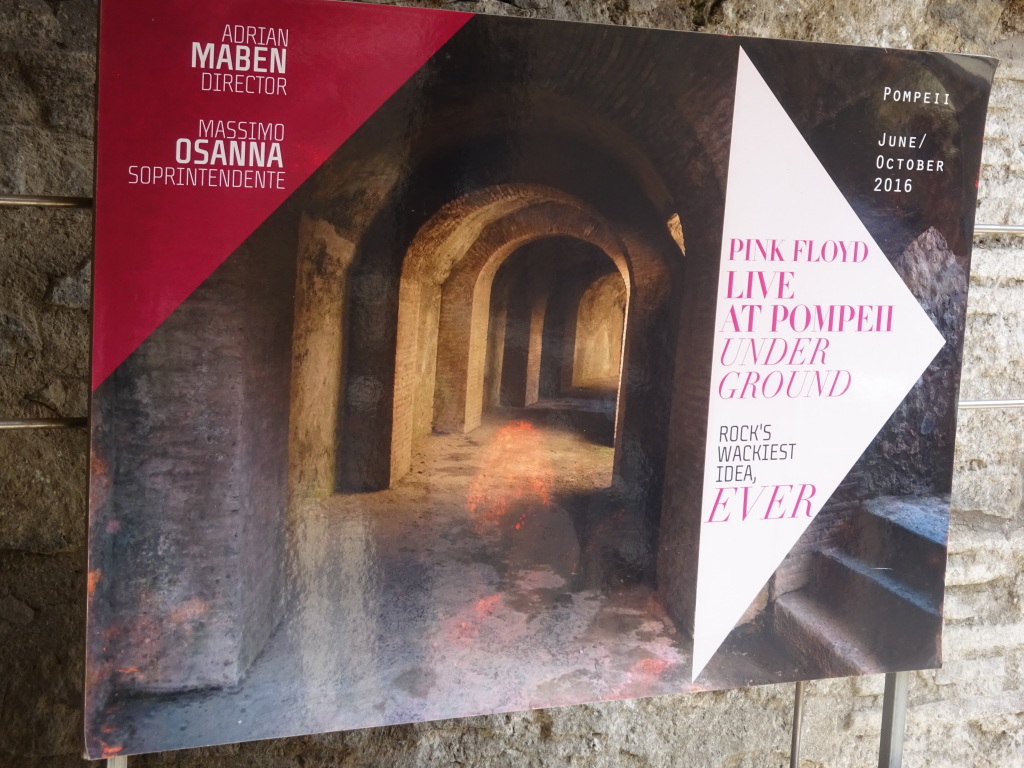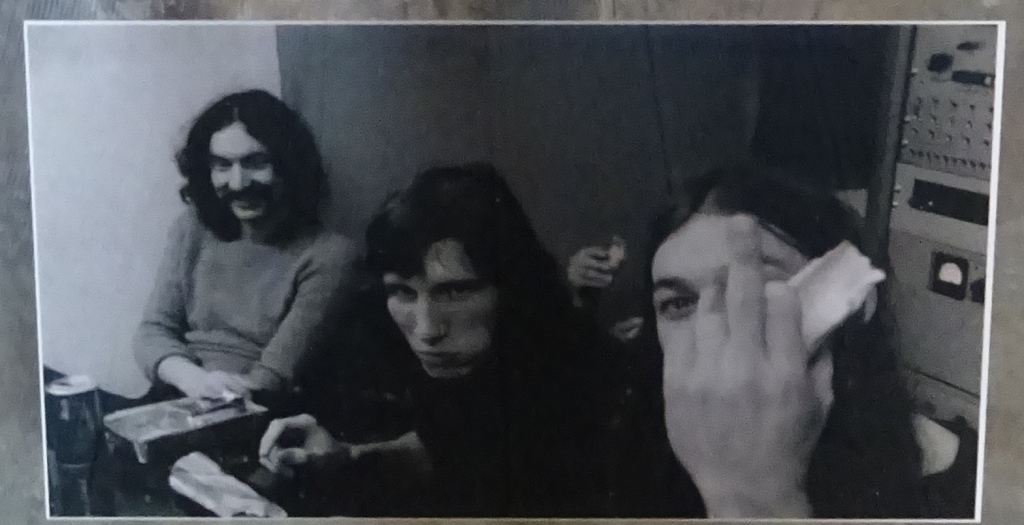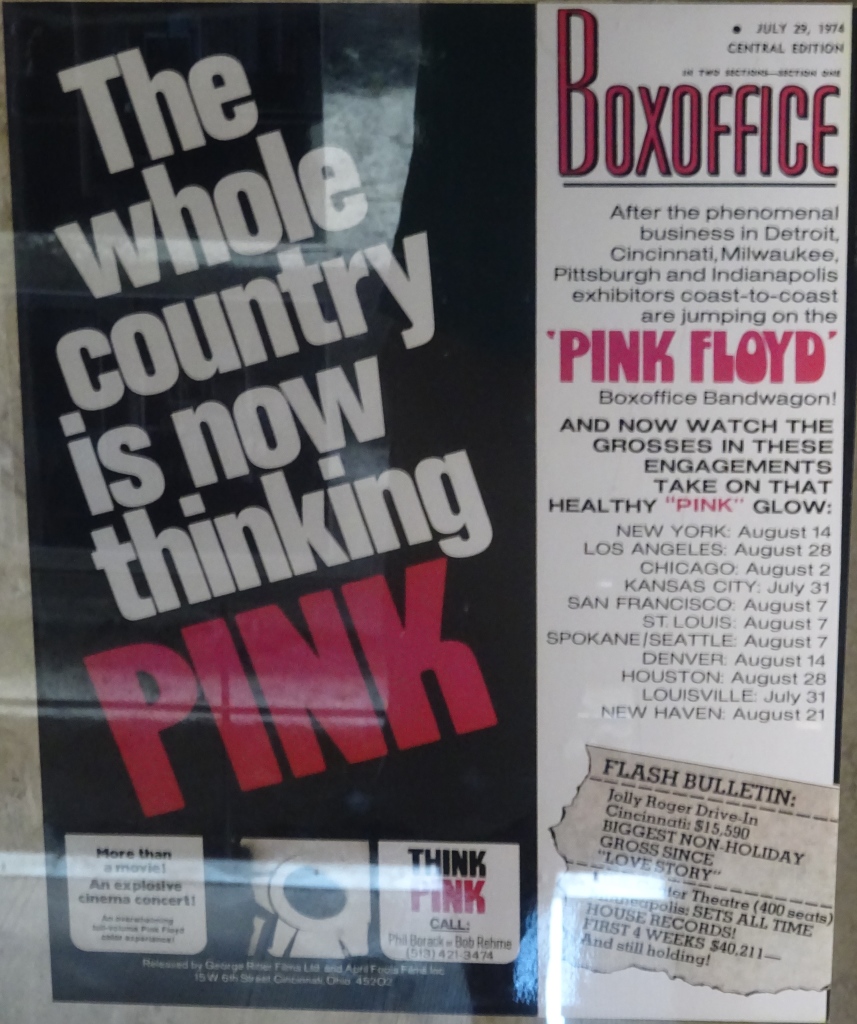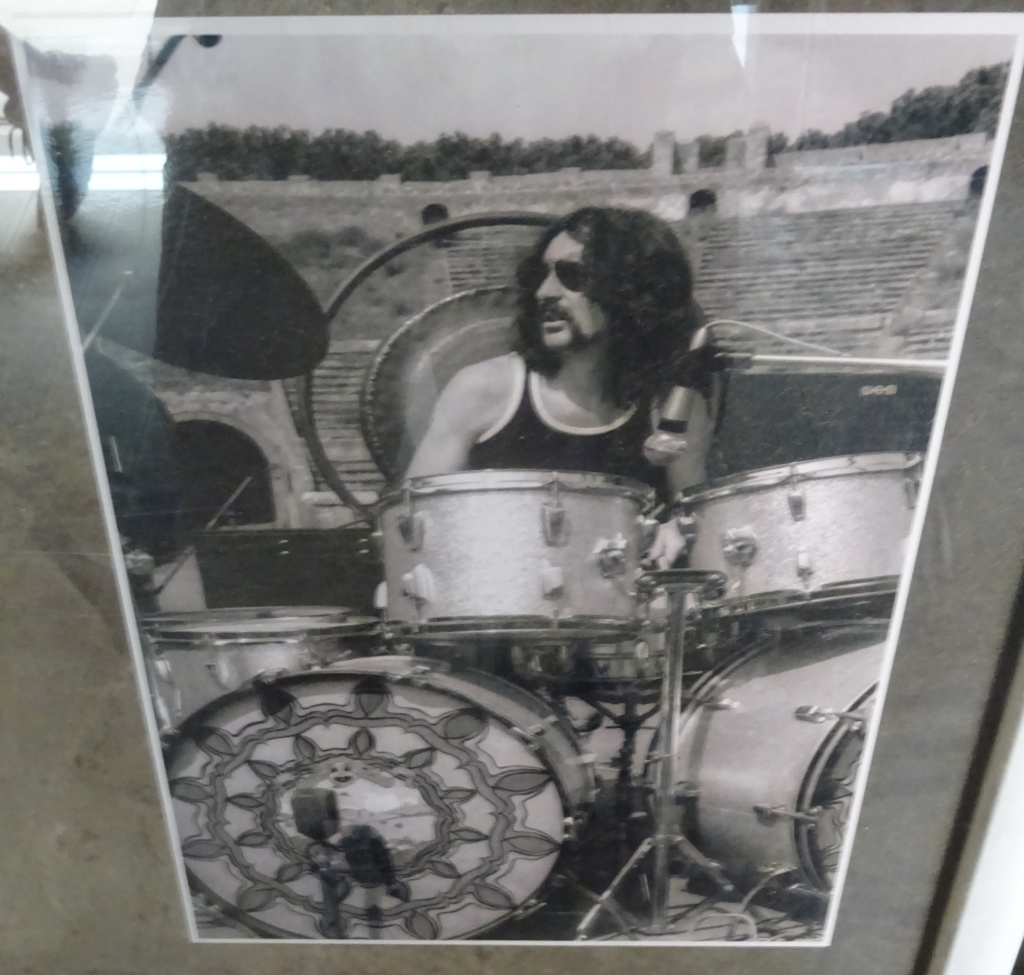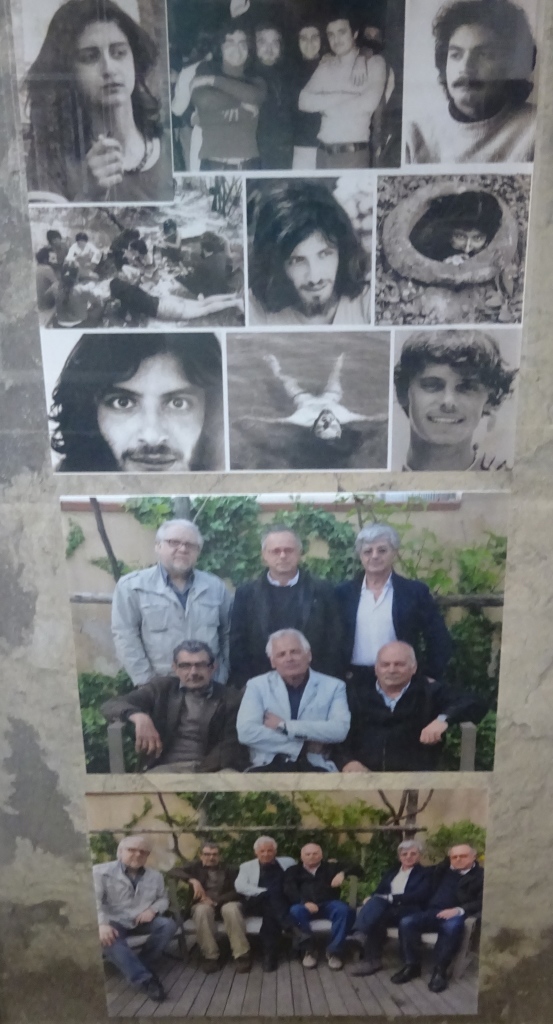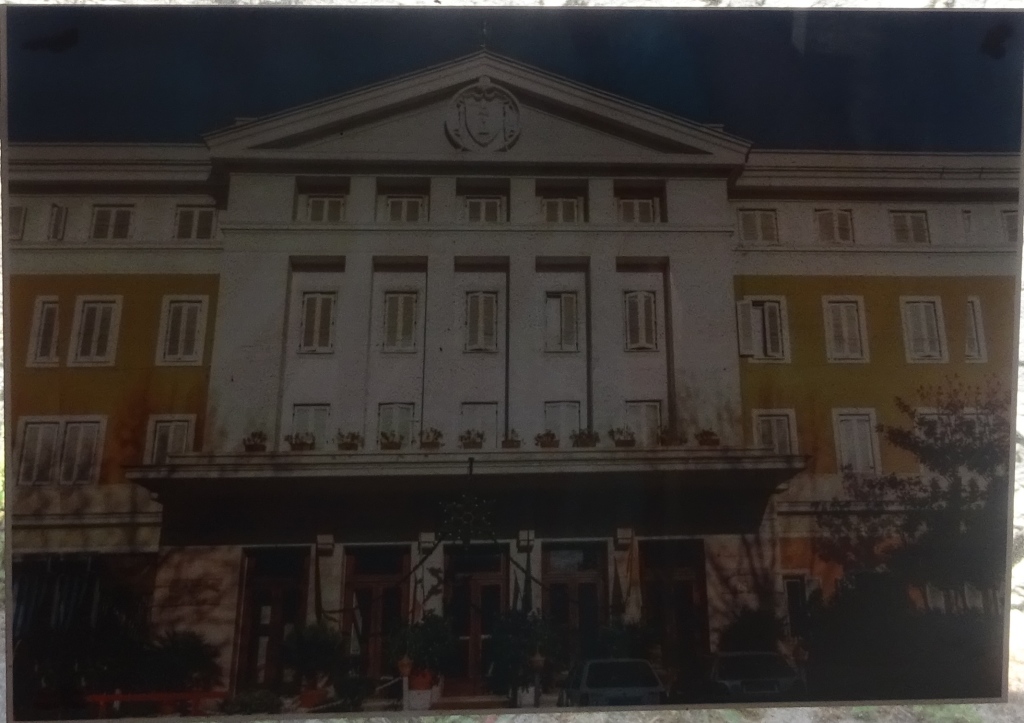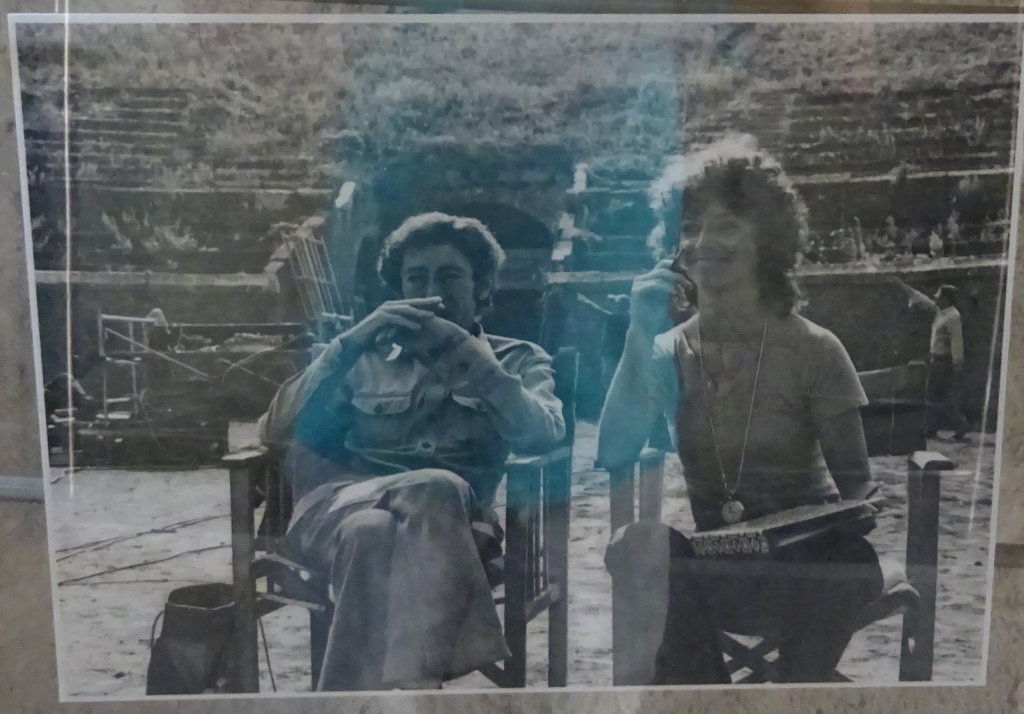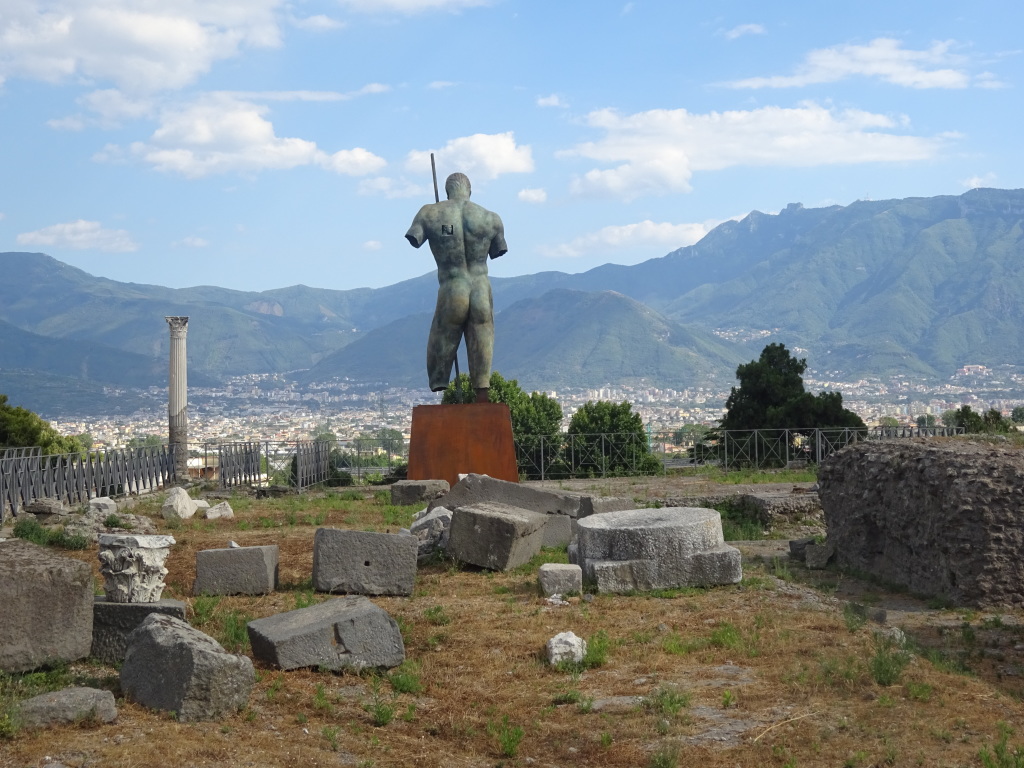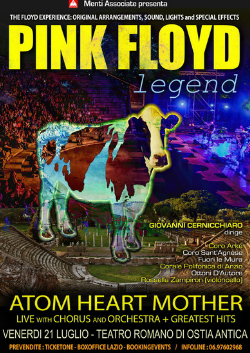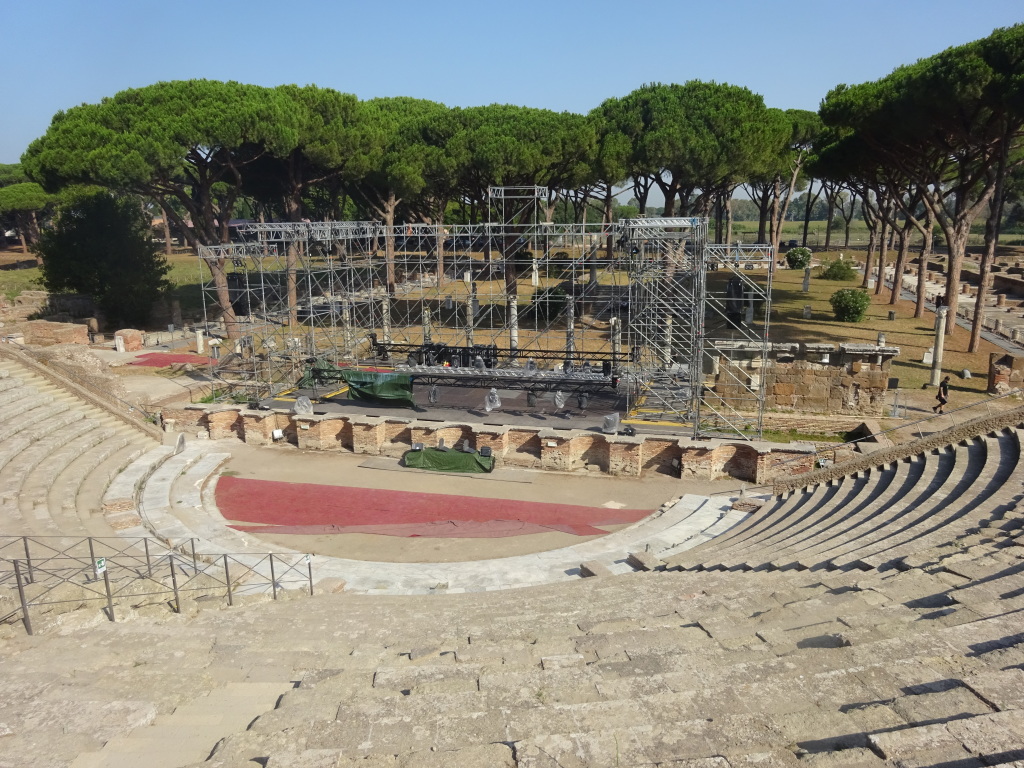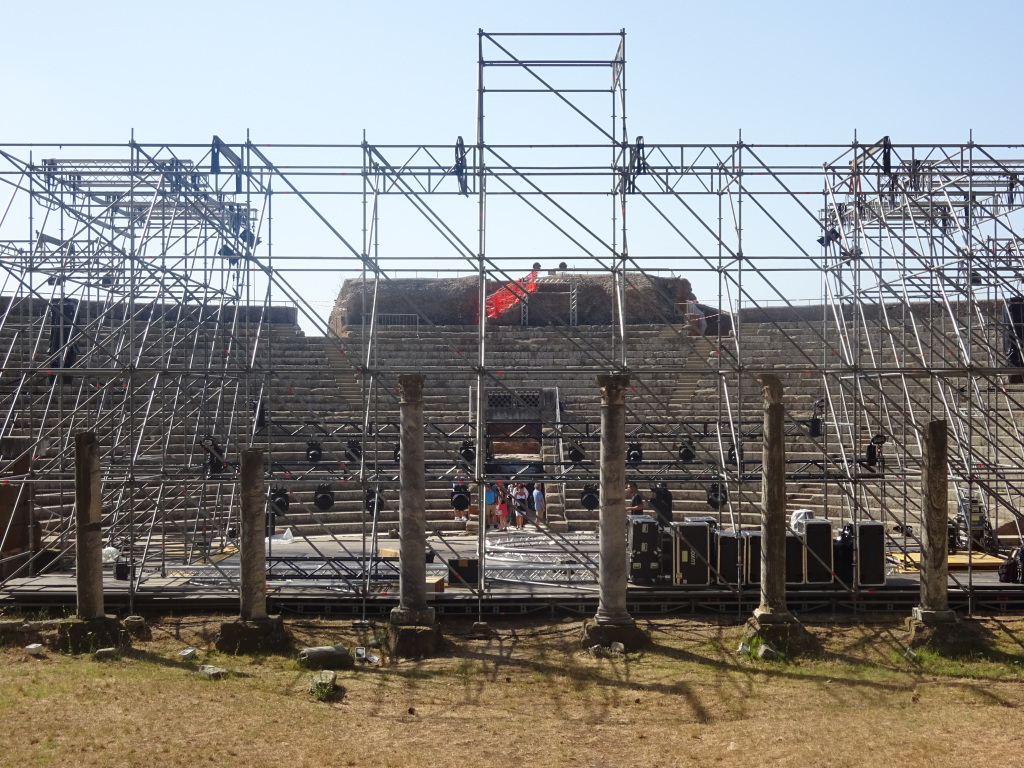This story was first posted on the KQED Arts website. Reproduced courtesy of KQED.
In the last week of April 1973, Pink Floyd’s Dark Side of the Moon reached No. 1 on the American charts. In the last week of April 1970, though, they had yet to crack the U.S. Top 50 after three years of recording and performing. In the midst of their third stateside tour, they weren’t selling out stadiums.
It was during this tour, on April 30, that Pink Floyd played an hour-long set in an empty Fillmore Auditorium in San Francisco, filmed for broadcast by small local television station called KQED.
“At that point, they were really anxious to have whatever publicity they could,” remembers the program’s co-producer at KQED, Jim Farber. “We did not have much of a budget. Pink Floyd did the performance and offered the rights for a certain number of airings for practically nothing. My memory is we paid them $200.”
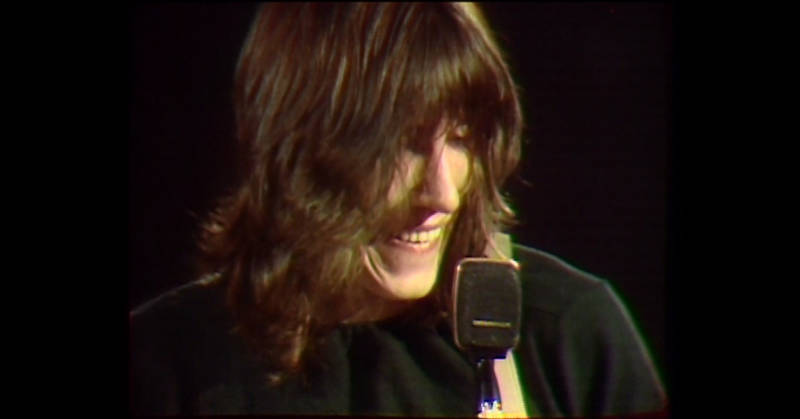
Widely bootlegged in the decades since, the performance is now officially available on DVD from the band. Recently, KQED unearthed raw footage of Pink Floyd’s performance, which included a half hour of music not included in the original program. After months of negotiations, KQED has been granted the right to exclusively premiere film of one of those songs, “Astronomy Domine.”
You might be wondering: in 1970, KQED was more known for Sesame Street than psychedelic rock. So how in the world did the Pink Floyd program happen in the first place?
Connecting with Pink Floyd
Simulcast on KQED radio, the special was set up as a direct result of Farber’s enthusiasm for the group. He first saw Pink Floyd in a basement club in London in 1967, when Syd Barrett (soon to be replaced by David Gilmour) was still the band’s lead guitarist and principal singer-songwriter.
“When I went to work at KQED June of 1969, I proposed the idea that we do a program with them,” he explains. “John Coney, the other producer [who also directed the special], really liked their music. So we decided we might as well make a proposal to them.”
The KQED production team brought “a huge mobile truck the size of a boxcar that held the video recording equipment” outside the original Fillmore Auditorium so the performance could be “recorded as well as you could outside the studio at that time. There’s a certain amount of vibration that was caused just from the sound of the amps. Because the technology just wasn’t that advanced yet. Portable video, the way we think of it, didn’t even exist.”
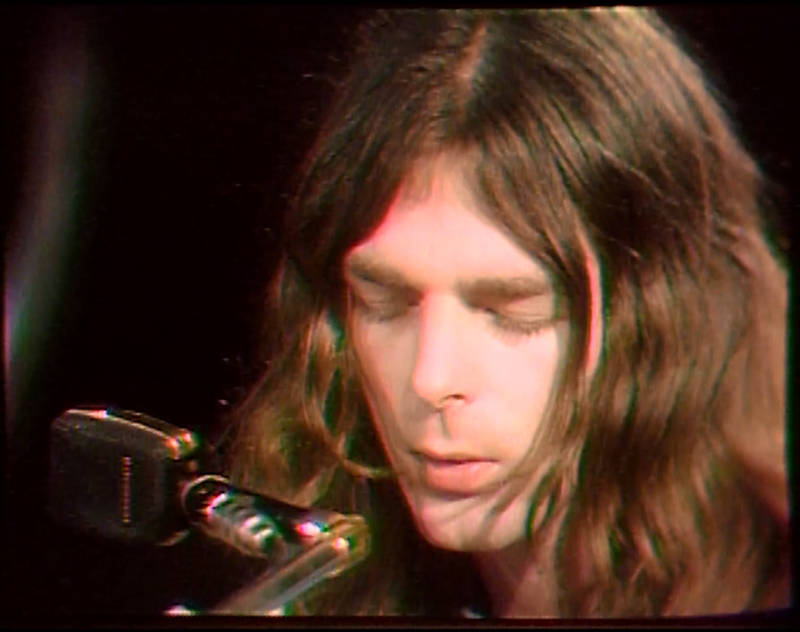
The original Fillmore wasn’t hosting rock concerts in 1970 — Bill Graham had transferred his operations to the Fillmore West on Market and Van Ness — but it was made available to the band and KQED for this special TV performance. Pink Floyd played a concert in front of paying customers at the Fillmore West the following night, reprising all of the half dozen songs they’d performed for KQED’s cameras, as well as other early favorites like “Astronomy Domine” and “A Saucerful of Secrets.”
Unexpectedly, the program opens with aerial shots of desolate fields and marshes in the San Joaquin Valley — indeed, seven minutes of “Atom Heart Mother” pass before any of the musicians are seen on screen. During “Grantchester Meadows,” the performance is interspersed with what Farber calls “nature footage.” The cinematography is marked by close-ups of the casually dressed musicians and slow pans around the band’s perimeter. Periodic smoke effects and solarization add to the late-psychedelic-period mood.
“John Coney was doing some very experimental video work at KQED, and KQED at that time was really wide open in terms of they would let you do,” enthuses Farber. “So John mapped out a visual scheme for the production. There’s no narration, there’s not the usual PBS thing of explaining everything you’re going to see. It was very abstract.
“We had one go at getting the Pink Floyd performance, and one day to essentially do all of the effects and lay in everything in the studio. There was no such thing as stereo TV. People could put on the FM channel and then watch it on the TV, and that was how we approximated getting the best audio we could out of it.”
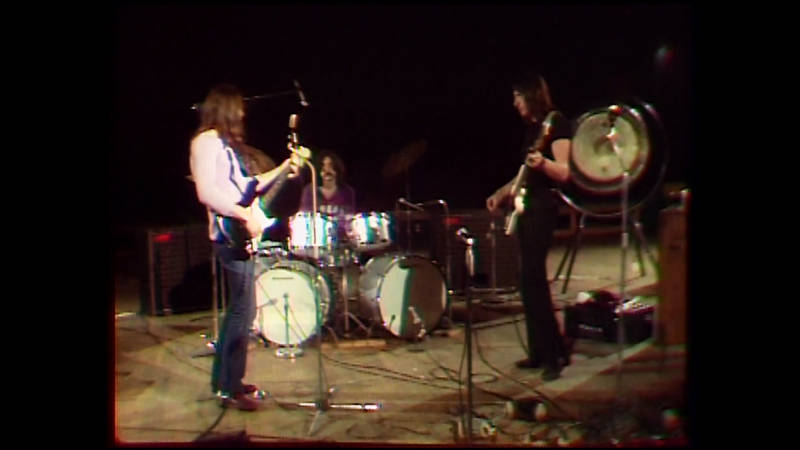
Reception
It wasn’t unusual for KQED to broadcast rock concerts in psychedelia’s heyday, especially by local icons. Big Brother & the Holding Company, Jefferson Airplane, and Quicksilver Messenger Service all got airtime. In the more experimental realm, a long raga by minimalist pioneer Terry Riley sparked, reveals an amused Farber, “more nasty phone calls than anything we ever did at the station.” But Pink Floyd, for as strong an underground following as they building in the United States, were so eager for an American audience that they played a free concert at UCLA a week later. (Farber traveled to Los Angeles with the band in the hopes of getting some additional footage, but none was used. The free concert, he explains, “was really a disaster.”)
Not broadcast until Jan. 26, 1971, the special “got an incredibly positive response when we aired it in San Francisco,” says Farber. “After that, it had two national broadcasts on PBS.”
Pink Floyd’s concert for KQED hasn’t been broadcast on television for many years, and wasn’t made commercially available until its appearance on a massive 27-disc Pink Floyd CD/DVD box set in 2016, The Early Years 1965-1972. But Farber recently oversaw a meticulous transfer from the two-inch masters to DVD — “we cleaned them up as much as we could and the audio is superb.”
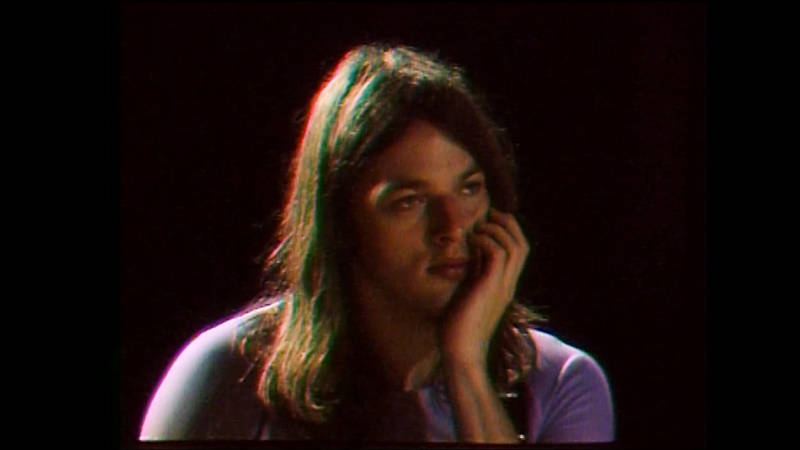
“I’m amazed we got it done,” reflects Farber, now a Los Angeles-based writer. “We did it on such a shoestring, and it all came together at the right moment. You could take out certain little glitches, but I kind of like it for its roughness. ‘Cause it was a reflection of who we were at that time.
“The ‘60s were still very alive in San Francisco in 1970, and the thing that I loved about KQED is that you had a public television station, but the people on the staff were exceedingly hip. The amount of energy that was being generated at KQED at that time was remarkable.”
